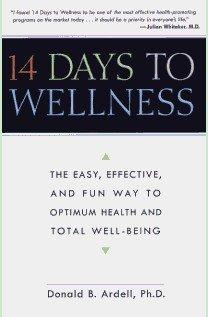Your employees probably eat at least one meal at work every weekday. Unfortunately, there's a good chance that their break-time meal isn't geared for optimal employee health or productivity. You can help your employees keep that afternoon crash at bay by providing them wellness education and easily accessible healthy food selections. Consider these suggestions as part of a well-rounded employee health and wellness program.
Healthy Vending Machines

Chances are, your worksite already offers vending machines so your employees can grab a quick snack. However, did you know there are vending companies that specialize in healthy vending products? These specialized machines offer a variety of snacks that are low in sugar and fat such as pita chips, fruit bars, energy bars, dried fruit, and organic crackers and pretzels. Additionally, there are also specialty vending machines that offer refrigerated snacks. These machines offer products such as milk, fresh fruit, yogurt, and pre-cut veggies to employees looking for that afternoon pick-me-up.
Wellness Incentives in the Cafeteria
Drive home your support for employee wellness by subsidizing healthier choices in your cafeteria. Spotlight items such as salads, bottled water, baked chips, grilled chicken sandwiches, veggie burgers, fruit, and whole-grain wraps.
Healthy Prep Areas
Consider creating a lunch-prep area at work that encourages employees to eat well by bringing healthy foods to work. Provide a refrigerator so that employees can store fresh fruit and vegetables, leftovers, low-fat salad dressings, and deli meats to enjoy at mealtime.
Local and Healthy Food
Worksite wellness can be good for your community. Invite local vendors to provide a farmers' market at your worksite for a few hours once a week or once a month. This enables employees to purchase seasonal fresh fruits and vegetables on their lunch break. Not only does this show your company's support for eating a healthy diet; it also contributes to your local economy (not to mention the environmental benefits of eating locally produced food).
Encouraging a healthy diet is just one part of a well-rounded worksite wellness program; however, it can make a major contribution to employee health and productivity.



 NBC
NBC Is this new procedure the answer to our nation’s ever-increasing weight problem and associated health care costs? Not at all. This procedure is only for
Is this new procedure the answer to our nation’s ever-increasing weight problem and associated health care costs? Not at all. This procedure is only for  I believe that getting an annual flu shot is the right thing for my boys. I know there’s a lot of
I believe that getting an annual flu shot is the right thing for my boys. I know there’s a lot of  A few weeks ago, one of my worksite fitness center members felt the need to defend his absence from the worksite fitness center by showing me that he was at least making healthy dietary choices. He showed me his lunch beverage, a 20-ounce Gatorade. He was disappointed when I didn't affirm his drink choice.
A few weeks ago, one of my worksite fitness center members felt the need to defend his absence from the worksite fitness center by showing me that he was at least making healthy dietary choices. He showed me his lunch beverage, a 20-ounce Gatorade. He was disappointed when I didn't affirm his drink choice. In the health craze of organic and all-natural food, it's easy to get confused and not know where to turn. What exactly is organic? How do I know I can trust what’s on the label? Is organic really better for me? These questions and more have been up for debate for years and will continue to be for many to come.
In the health craze of organic and all-natural food, it's easy to get confused and not know where to turn. What exactly is organic? How do I know I can trust what’s on the label? Is organic really better for me? These questions and more have been up for debate for years and will continue to be for many to come. icle.
icle.